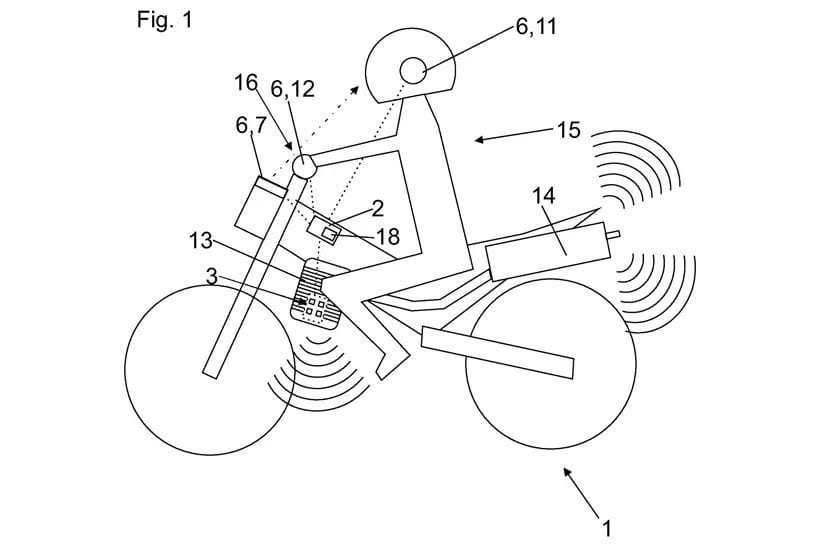KTM is implementing new technology to reduce the noise of its motorcycles, reflecting a commitment to sustainability and compliance with increasingly stringent noise regulations in Europe. The initiative comes in response to growing pressures to reduce noise pollution, especially in urban areas and noise-sensitive regions. This innovative technology will not only meet regulatory requirements, it will also enhance the riding experience, providing a quieter ride without compromising performance.
KTM’s approach to noise control involves the introduction of an active exhaust valve system. This system automatically adjusts the opening of the exhaust valve based on engine speed and other operating conditions, optimizing the flow of gases and significantly reducing noise at low and medium revs, where the impact of sound is most noticeable. This not only complies with European noise standards, but also makes riding more pleasant in urban environments.
In addition, KTM is developing new sound insulation materials and muffler designs that better absorb vibrations and unwanted sounds. The company is investing in research and development to create solutions that are effective and lightweight, ensuring that the performance and dynamics of the bikes are not compromised. The aim is to integrate these solutions in a harmonious way, while maintaining the distinctive design and aggressive performance that KTM customers expect.
The models that will initially benefit from this new technology are the well-known Duke and Adventure ranges, which are widely used in both urban and trail environments. These models will be equipped with the active exhaust valve system and the new insulation materials, making them not only quieter, but also more efficient in terms of gas emissions.


KTM is also considering implementing noise control technologies on its off-road motorcycles. Although the challenge is greater due to the performance requirements and extreme conditions in which these bikes operate, the company is committed to finding solutions that can balance noise reduction with maintaining power and robustness.
The adoption of these noise control technologies is an important step for KTM, not only in terms of regulatory compliance, but also as a strategic move to improve public acceptance of the bikes. In many European cities, motorcycles are seen as a significant source of noise pollution, and noise reduction can help improve brand image and rider acceptance in urban areas.







